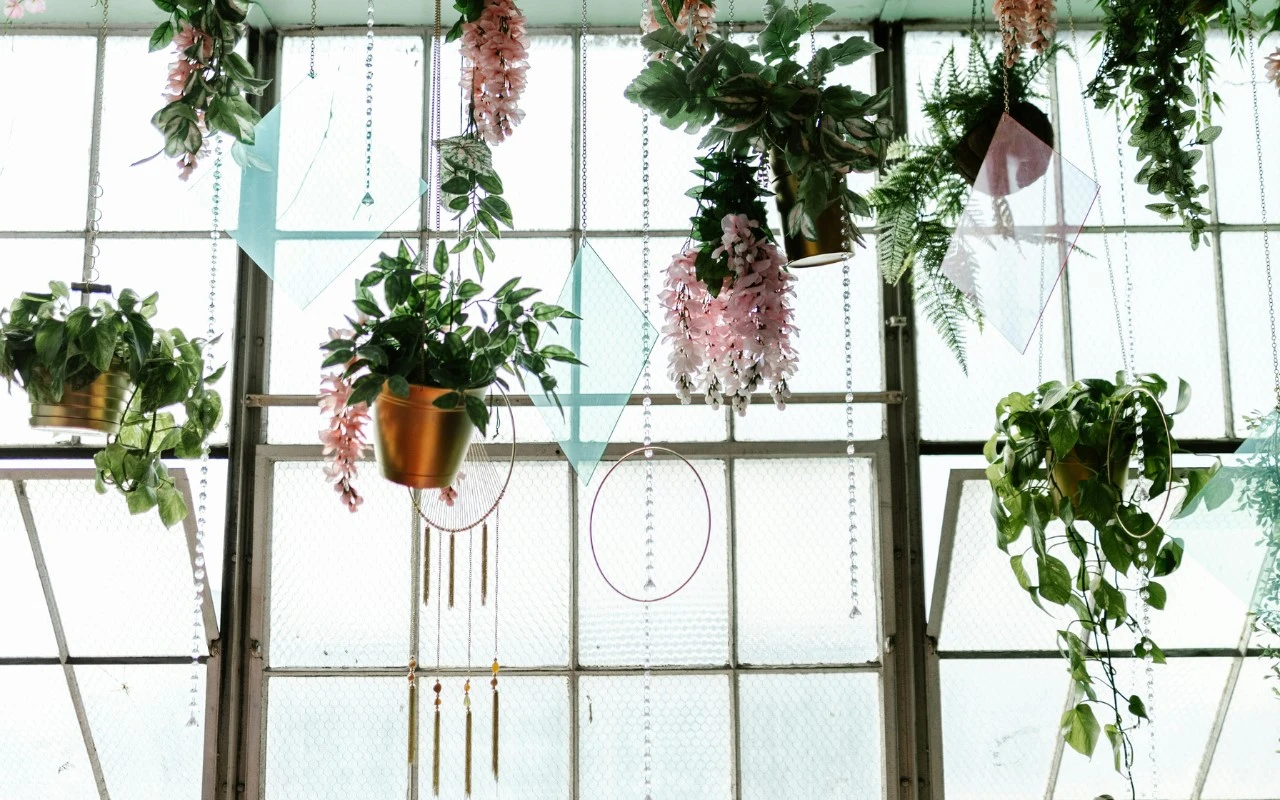What is Vertical Gardening?
Vertical gardening is a space-saving solution that allows gardeners to grow plants upwards rather than spreading them out over valuable ground space. This method is especially useful in urban settings or small areas with limited horizontal space. Vertical gardens can be installed indoors and outdoors, utilizing various structures such as wall hangers, trellis systems, and modular planters. These systems not only maximize limited spaces but also add a visually striking element to home decor.
Choosing the Right Structure for Vertical Gardens
The first step in creating a vertical garden is selecting the right structure. For outdoor gardens, sturdy trellises or growing walls are ideal, as they can support the weight of soil and plants. Indoors, lightweight plastic or cloth pockets can be used, which are easy to install and maintain. Medium-sized metal frames are excellent for both indoor and outdoor use due to their durability and sleek appearance. These frames can accommodate a variety of plant sizes, from small herbs to larger vegetables and flowers.
Best Plants for Vertical Gardening
When it comes to choosing plants for a vertical garden, opt for varieties that naturally thrive in a vertical setting. Succulents, ferns, and climbing plants like ivy or jasmine are perfect for these installations because of their minimal soil requirements and adaptability to growing vertically. For edible plants, herbs like basil, mint, and parsley, as well as strawberries, are ideal choices for their shallow roots and lightweight. Always consider the climate and the amount of sunlight available when selecting your plants to ensure they thrive.
Caring for Your Vertical Garden
Maintaining a vertical garden requires regular attention to watering, feeding, and pruning. Since these gardens often dry out faster than traditional garden beds, a drip irrigation system can be a game changer. It delivers water directly to the roots of the plants, reducing water waste and ensuring even moisture distribution. Fertilization should be done carefully, as the vertical position can cause nutrients to wash out quickly. Use a liquid fertilizer every two weeks to keep your plants healthy and robust.
LED Lighting for Vertical Gardens
To enhance the beauty and growth of your vertical garden, consider using LED lighting. LED lights are highly efficient and can be tailored to support plant growth by providing a spectrum of light that mimics natural sunlight. They come in various sizes, from small strips suitable for individual plant rows to extra large LED systems that can illuminate extensive vertical installations. Positioning these lights strategically not only promotes growth but also highlights the unique features of the garden, creating a glowing effect that can transform the feeling of the space.
Unique Techniques for Optimal Growth
One unique technique for enhancing vertical garden growth is the use of aeroponic systems. In this setup, plants are grown in an air or mist environment without the use of soil. Roots are sprayed with a nutrient-rich solution, allowing for better oxygen uptake and growth. This method is particularly effective for indoor vertical gardens, as it reduces the risk of soil-borne diseases and pests. Another advanced technique is hydroponics, where plants grow in a nutrient-rich water solution, eliminating the need for soil and significantly reducing water usage compared to traditional gardening.
Sustainable Choices for Eco-Friendly Gardening
Sustainability is a key factor in vertical gardening. Choosing recycled materials for garden structures, such as repurposed wood or recycled plastic planters, not only reduces waste but also adds character to your garden. Opting for native plant species can decrease water and fertilizer usage, as these plants are adapted to the local climate and soil conditions. By making eco-friendly choices and glowing with extra large LED systems, gardeners not only enhance their own spaces but also contribute to global environmental conservation efforts.
Vertical gardening is a versatile and sustainable approach to gardening that can transform any space. Whether you have a small apartment or a large backyard, vertical gardening offers a plethora of options for growing a diverse range of plants in a limited area. With the right techniques and choices, anyone can start their vertical garden and enjoy the lush, vertical greenery it brings.









